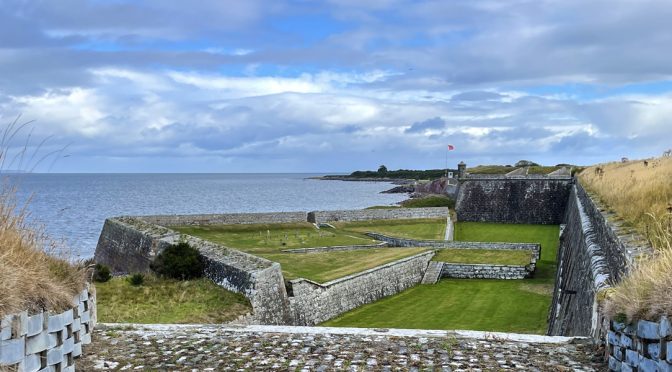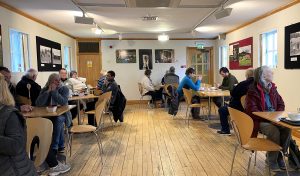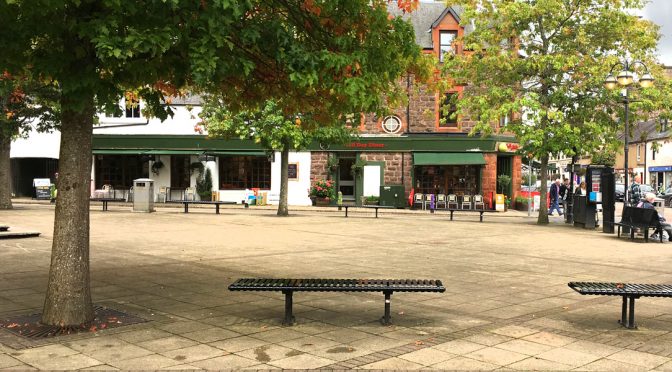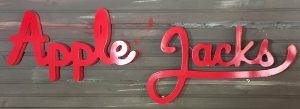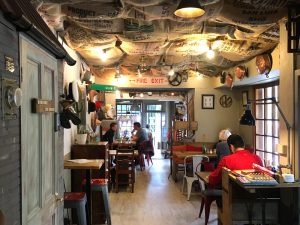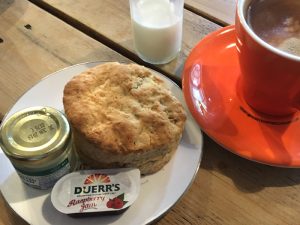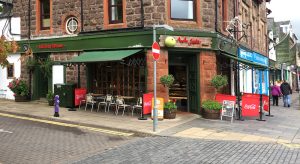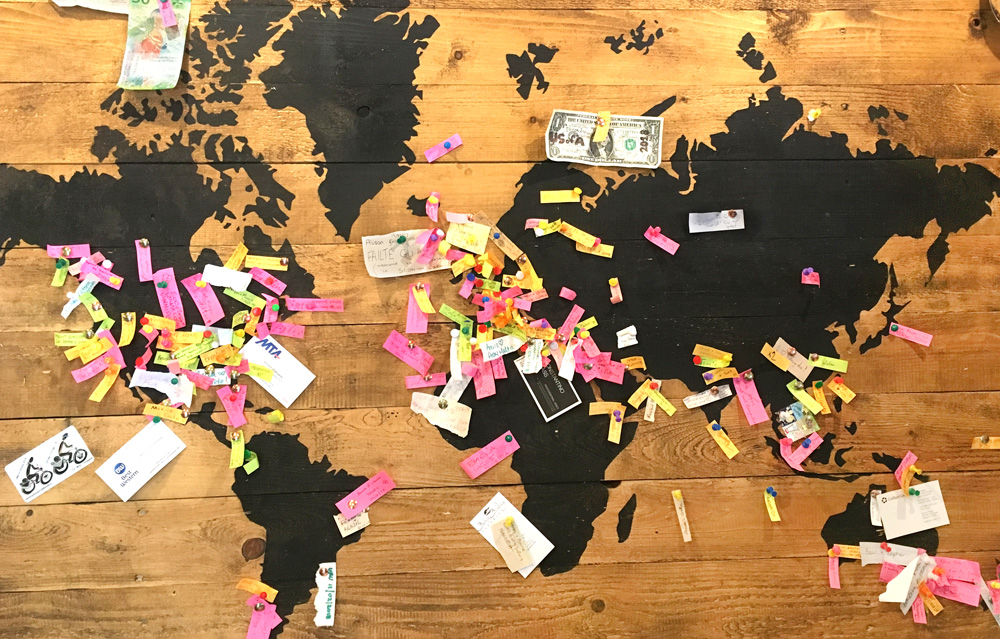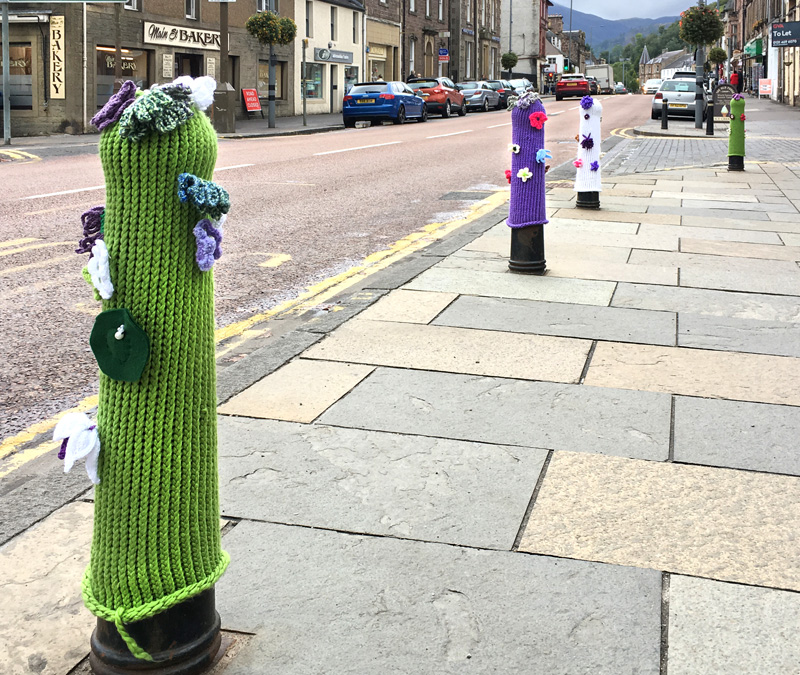First, a word of warning, especially for the faint-hearted. This post covers three different venues many miles apart but does not feature any scones. Yes, not a single scone was harmed in the making of this post. Not that we regard ourselves as ever doing any harm to scones, we simply help them fulfil their glorious destiny. Hence the title – Sconeless in the North. Let us explain how we managed to get through an entire day without our delicious little friends.
Highland Folk Museum
We are still with our coach party and staying in Newtonmore just north of Aviemore. While there we visited the Highland Folk Museum. It’s a fabulous place where they try and recreate what life was like in the Highlands a century or so ago. It’s been done by rescuing old buildings and transporting them to this site where they get a new lease of life.
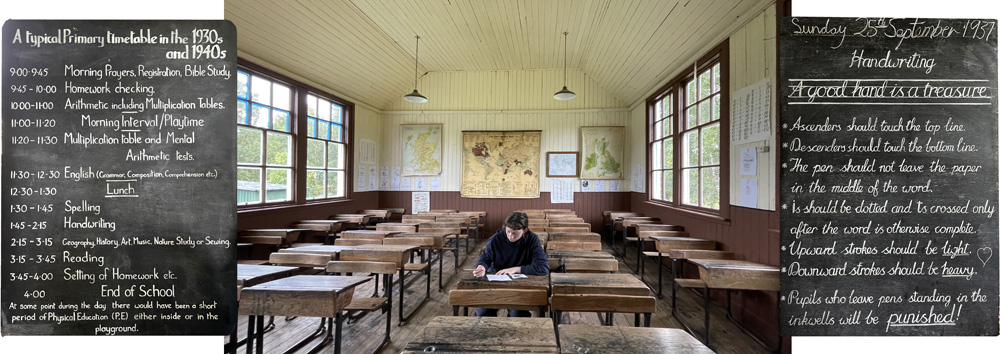
It’s spread over a very large area and after a while I wasn’t feeling my best and the weather wasn’t the best either so I excused myself and thought I would just wait for Pat and the others in the cafe. I wasn’t actually thinking about a scone because, obviously, I can’t review them without my beloved. It did, however, give rise to a rather traumatic scone experience. It’s a slightly long winded explanation but bear with me.
Write it down
There was a relatively short queue at the cafe but it was moving very slowly. The reason became obvious when it eventually came to my turn. Only a young lad and a lass were looking after everything. They, pretty obviously, were not happy, He was front of house and she s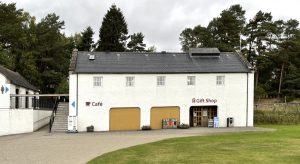 eemed occupied with something at the back. I said “ a black americano and a scone, please“. it would have taken all of thirty seconds to pour me a cup of coffee and hand me one of the scones that were right in front of me, but no.
eemed occupied with something at the back. I said “ a black americano and a scone, please“. it would have taken all of thirty seconds to pour me a cup of coffee and hand me one of the scones that were right in front of me, but no.
I was still there a couple of minutes later as the exact details of my request were written down longhand on a fresh pad of paper. “Did I want milk?” No, no need in a black americano … he wrote it down nevertheless, “did I want sugar … did I want butter? and so it went on.
Takeaway
Eventually it came time to pay. At this point he said “it’s takeaway only now, we’re closing“. Nothing of this had been mentioned to the previous customer so I asked when they closed. “3.45” was the answer. “but It’s only 3 o’clock“, I said, to which the answer was “we’re short staffed.” I was flabbergasted, the prospect of carrying my coffee and scone outside to the wind and rain didn’t appeal so I left empty handed. In hindsight, I could have explained that I was on an educational mission for people all over the world but I don’t think it would have made the slightest difference.
After a while outside enduring the worst of the effects of the fresh air I thought I would return to the cafe for shelter until Pat and the others returned. To my great surprise almost every table was taken. Okay, everyone had takeaway cups but what was going on? When I asked the young chap he said “They are supposed to go outside but nobody listens they just take their stuff and sit at a table“. With that, the girl from the back appeared and said “We’re doing our best but nobody listens to us” and promptly burst into tears. Goodness, I have really no idea what was going on here but it was pretty obvious that these kids needed a lot of help, training and better systems. Maybe even counselling? So that was non-scone number one.
Fort George
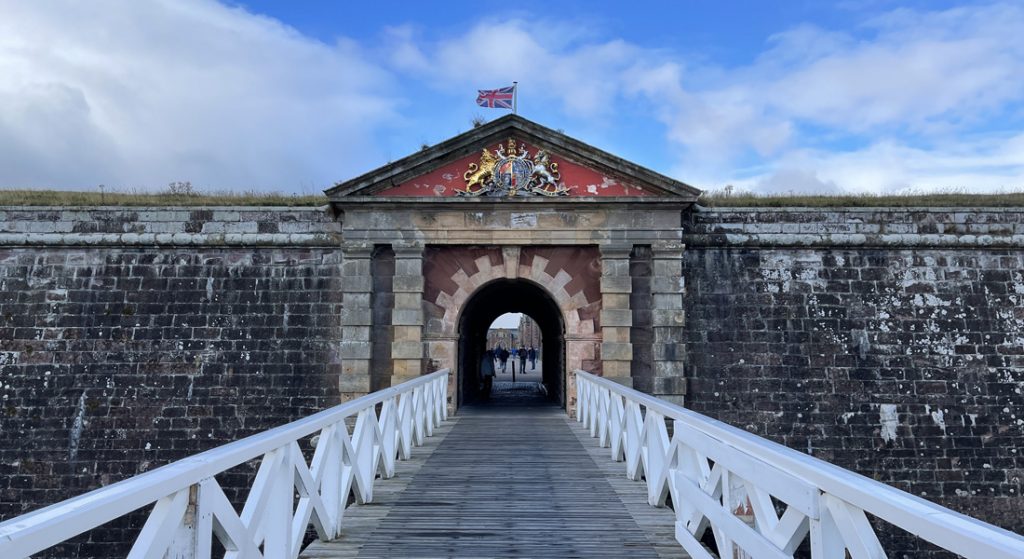 We soldiered on. Fort George was another impressive stop on our outing. It sits on a promontory jutting out into the Moray Firth and the scale of the place is phenomenal. The British government must have been feeling very insecure just after the Battle of Culloden in 1746. Goodness knows how many millions were spent building this place over a twenty year period. Continuing unrest in Scotland over the 1707 Act of Union and the ever present perceived threat from France were responsible. Ironically, by the time it was completed much of the threat had dissipated.
We soldiered on. Fort George was another impressive stop on our outing. It sits on a promontory jutting out into the Moray Firth and the scale of the place is phenomenal. The British government must have been feeling very insecure just after the Battle of Culloden in 1746. Goodness knows how many millions were spent building this place over a twenty year period. Continuing unrest in Scotland over the 1707 Act of Union and the ever present perceived threat from France were responsible. Ironically, by the time it was completed much of the threat had dissipated.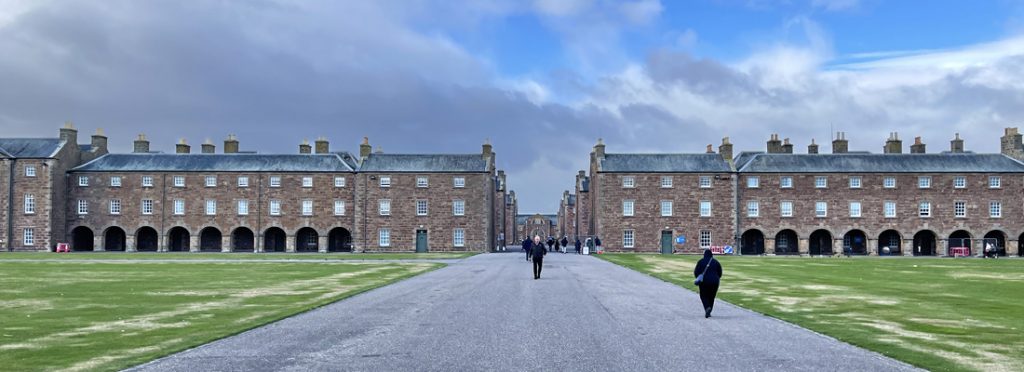
There were actually soldiers with submachine guns at the patrolling the place, so someone had clearly tipped them off that we were coming. If you look at the title picture you can see a white sentry box on the right under a red flag. A submachine gunned sentry still has to stand in that all day. The only thing he is liable to see is dolphins and we’re not aware that they are an actual threat.

Pat and I decided to walk the whole of the perimeter ramparts. It takes quite a while and then, if we had time, visit the cafe.
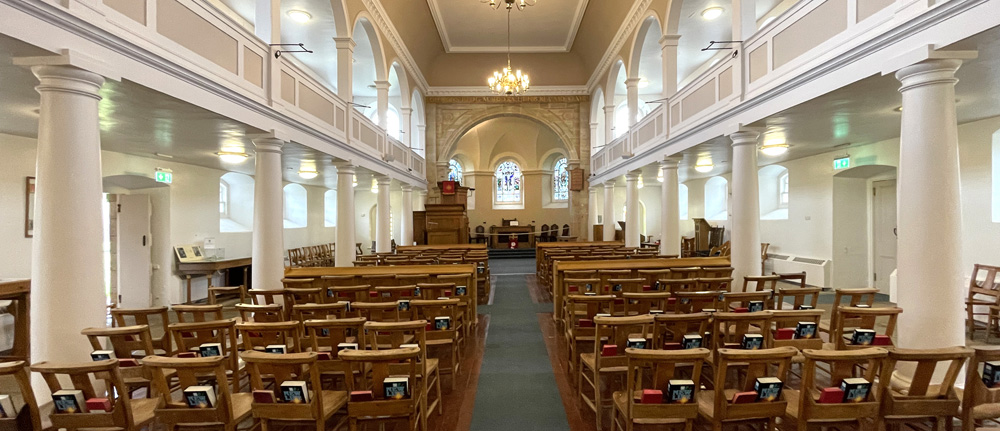
Eventually we also visited the chapel, chatted to some American tourists and ended up pushed for time at the cafe. No matter, it was sconeless anyway. Non-scone number two.
Lovely ladies
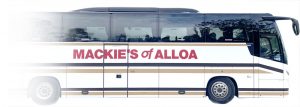 After Fort George it was back on the bus and only a very short hop to the village hall in Ardersier where lunch was waiting. Ardersier is where the villagers of Blacktown were resettled after their village had to be removed in order to build Fort George. Some lovely local ladies provided a great lunch but still no scones. Non-scone number three.
After Fort George it was back on the bus and only a very short hop to the village hall in Ardersier where lunch was waiting. Ardersier is where the villagers of Blacktown were resettled after their village had to be removed in order to build Fort George. Some lovely local ladies provided a great lunch but still no scones. Non-scone number three.
A special place in scone history
After that we were finished with the north and headed back south to Dunkeld where we were due to visit the local Museum. It was late in the day when we got there and unfortunately we had to walk from where the bus was parked to the Museum past Palmerstons Coffee Shop …argh! This was the venue of our very first scone post on this blog back in March 2015. We couldn’t just pass it by?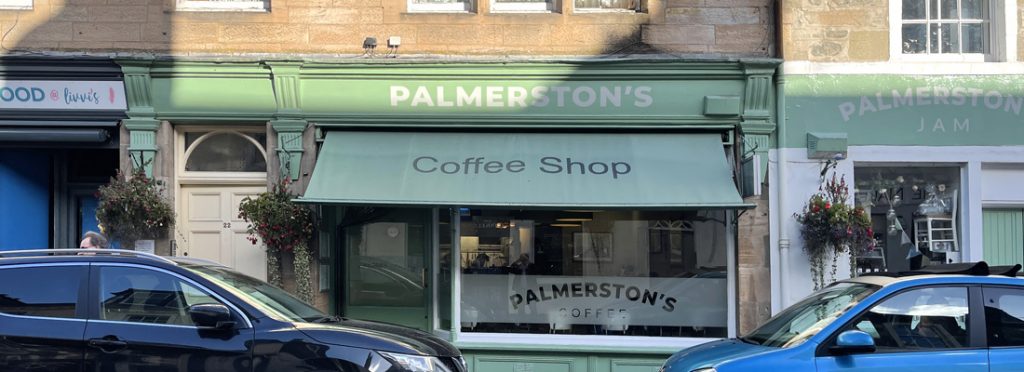
You will all remember distinctly that in that post all these years ago we explained that this place was winner in that year’s World Jam Championships. Apparently the lady who was running it then doesn’t take too much to do with the Coffee Shop any more … she’s next door … in the Jam Shop! So here was non-scone number four. We were too late, all the scones had gone. Time for home.
Bus trips are like some sort of alternative reality. You are cocooned with a particular group of people all pursuing the same sort of thing. You are isolated from the actual reality of a world gone completely mad. Hopefully it will all have sorted itself out by the time we get back.
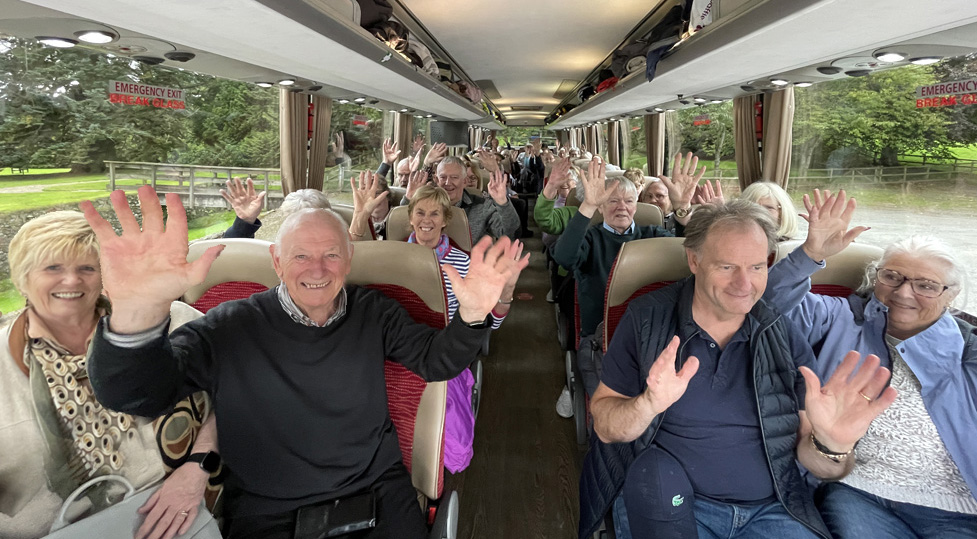 We survived this traumatic day mainly due to this lot … the singing was dreadful 😁. Many thanks to Falkirk Local History Society for organising a very memorable trip.
We survived this traumatic day mainly due to this lot … the singing was dreadful 😁. Many thanks to Falkirk Local History Society for organising a very memorable trip.
ps: for telephone box aficionados, this was taken in Fort George.
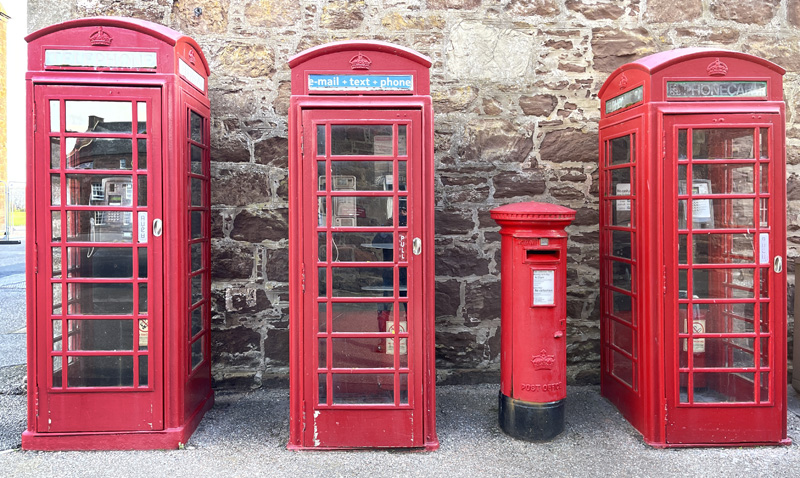
pps: I have written to Highland Council over my concerns for the kids in the cafe at the Folk Museum. Will let you know if I ever hear anything back from them.

